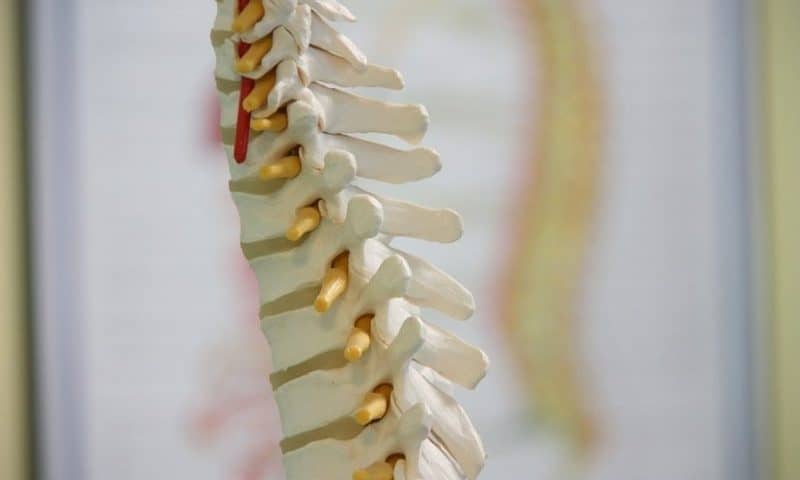Orthofix has begun rolling out its first 3D-printed, fully titanium implants for spinal surgeries, designed to better promote bone growth while also offering a large range of patient-specific sizes.
Alongside the unveiling of two FDA clearances this month, the orthopedics company announced completion of the first implant procedures in the neck and lower spine.
The first, the Construx Mini Ti spacer system, is used in anterior cervical discectomy and fusion procedures—such as treatments for herniated discs or degenerative disease in the neck, with the titanium implant taking the place of the damaged disc between the vertebrae.
Meanwhile, the larger Forza spacer is designed for fusion and disc procedures of the lower lumbar spine. Both aim to relieve pain and nerve compression by providing spinal support.
Orthofix previously manufactured its Construx and Forza lines out of PEEK, a synthetic polymer—however the 3D-printed titanium coating creates a bumpier, microscopically porous surface, which provides more places for bone cells to take hold and allows for further growth in and throughout the implant. The spacers have also been available with PEEK cores and titanium endplates.
The new titanium implants and coatings “will provide access to advanced fusion technology backed by studies that support the proven biological effects of nanoscale features applied to interbody devices,” Kevin Kenny, president of Orthofix’s global spine operations, said in a statement.

The two latest spacers come in a range of sizes, footprints and angles, with heights available in one-millimeter increments to help better fit individual patients. Both are designed to be filled with bone grafting materials, including cells taken from the patients themselves.
Companies such as Medtronic and NuVasive have also pursued porous spine implants, with the former acquiring the French developer Medicrea last summer to help surgeons digitally reconstruct a patient’s spine and then provide customized titanium interbody cages.
Precise implants not only allow for the correction of the spine’s curve, but also the optimization of the bone surface contact between the spacer and vertebrae.

